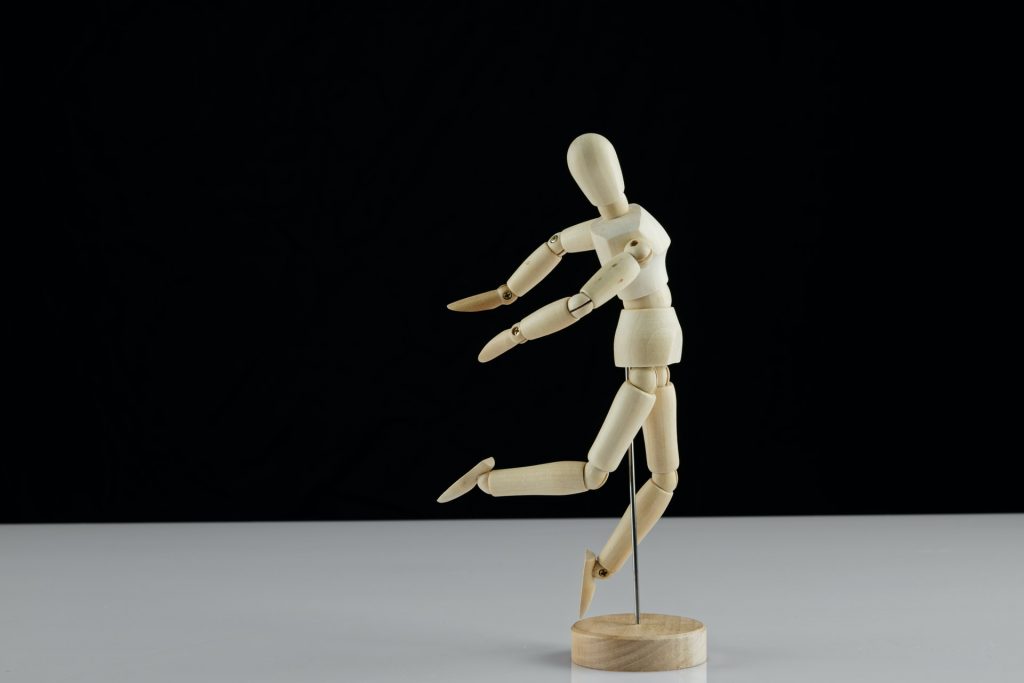We are visual creatures, processing what we see much faster than what we hear. Albert Mehrabian’s “7-38-55” rule suggests that the art of communication is 7% spoken words, 38% tone of voice, and 55% body language. This means that the non-verbal cues displayed at an interview can sway the conversation in any direction. Heed these interview body language dos and don’ts to help you ace your future interviews.
Make Good First Impression
- Offer a firm and confident handshake, accompanied with a polite greeting and eye contact. Sweaty palms can indicate nervousness, so be sure to wipe them before you offer your hand.
- Smile, greet and relax. A warm and friendly positive body language can set the stage and lift the interview mood, putting all parties at ease.
- Look poised by sitting tall. Do not slouch or lean over on any one side, looking lazy or disinterested.
- Keep the arms open to demonstrate confidence and candidness. Crossing your arms across the chest can make you look defensive or snobbish.
- Sit comfortably and avoid crossing your legs.
- Look up the dress code. Dress appropriately and show that you fit the culture. Above all, make sure that you have a well-groomed appearance.
Look Engaged & Attentive. Connect & Build Rapport
- Look interested. Give the interviewer your undivided attention.
- Lean slightly forward to show that you are engaged in the conversation.
- Maintain an appropriate amount of eye contact. While staring can be creepy and interpreted as a form of aggression, having too little eye contact is a sign of nervousness or uncertainty. It can also make you look dishonest or suspicious. If there is more than one interviewer, make eye contact with each of the interviewers equally.
- Use simple hand gestures to emphasise what you are saying. Avoid pointing or being too animated.
- Show genuine enthusiasm in your expression, gesture, and tone of voice. Demonstrate that you sincerely want the opportunity. Don’t fake it. Interviewers can see right through it.
- Convey that you are listening by responding in subtle ways, such as smiling and nodding slightly. Show that you understand what is communicated to you.
- Be mindful not to interrupt the interviewer even if you are eager to speak. Be respectful and patient. Pausing also gives you time to deliberate on your response.
- Do not be self-absorbed. Focus on stating your skills, experiences, and accomplishments and how you can bring value. Do not go on incessantly about yourself. Ask questions to show that you are curious.
- Great interviews become conversations, where both parties leverage mutual energy and bounce off each other. Keep that momentum by using engaged body language.
- An interview is a two-way street. Whilst you are conscious of your body language, look out for the cues and vibes that the interviewer gives as an indicator of success. You can salvage a negative impression to prevent further misunderstanding if you can detect it fast enough from the interviewer’s body language.

Convey Confidence, Credibility & Consistency
- Look composed. Do not fidget, play with your hair, or touch your face. These restless actions can make you look anxious, suspicious, and unprofessional.
- Interviewers pick out small movements and expressions such as shrugging of shoulders, frowning, twisted lips, or squinty eyes that suggest uncertainty and lack of confidence.
- Collected and careful deliberation in your response exudes confidence, but hesitation makes you lose credibility. The difference is not measured in the amount of paused time but entirely in your body language.
- Ensure consistency of your non-verbal cues with what you are saying. i.e., When you say that you are proud of your achievements, show it in your expression and tone of voice.
- A listener may find it suspicious when a voice changes pitch mid-sentence. It is also a cue that the speaker’s emotion is emphasised. So be careful with expressing your intended emotions. Do not be misunderstood.
- Whilst you should get some practice in, do not sound rehearsed.
- If you think that the interview did not go down well, or you feel like a misfit for the role at the end of the conversation, maintain your professionalism to the very end.
Be Aware of Cultural Differences
- The most prominent areas of cultural differences in body language are eye contact, physical contact, and hand gestures.
- While eye contact is used a lot more in Latin America, North America, and Europe, it used somewhat carefully in Asia and the Middle East. Physical contact and proximity between people in conversations are more acceptable in European and American cultures than in others.
- Hand gestures across cultures is a topic on its own, with varying interpretations to thumbs-up, pointing, and even handshakes. Knowing the basics will be helpful. But to be on the safe side, keep movements and gestures to the minimum at an interview.
Online Interviews
More interviews are done virtually today, and body language over the camera and screen is just as important as face-to-face. Here’s some help on how you can set up your virtual interview stage:
- Maintain an appropriate distance from the camera.
- Show the upper part of your body and keep your hands visible.
- Do not look up or down at your interviewer.
Sometimes it is obvious. Most of the time, it is subtle. Body language is instinctive. So, ditch any nail-biting or leg-shaking habit today. Get started on correcting negative cues that may work against you in your future interviews. Good luck!

